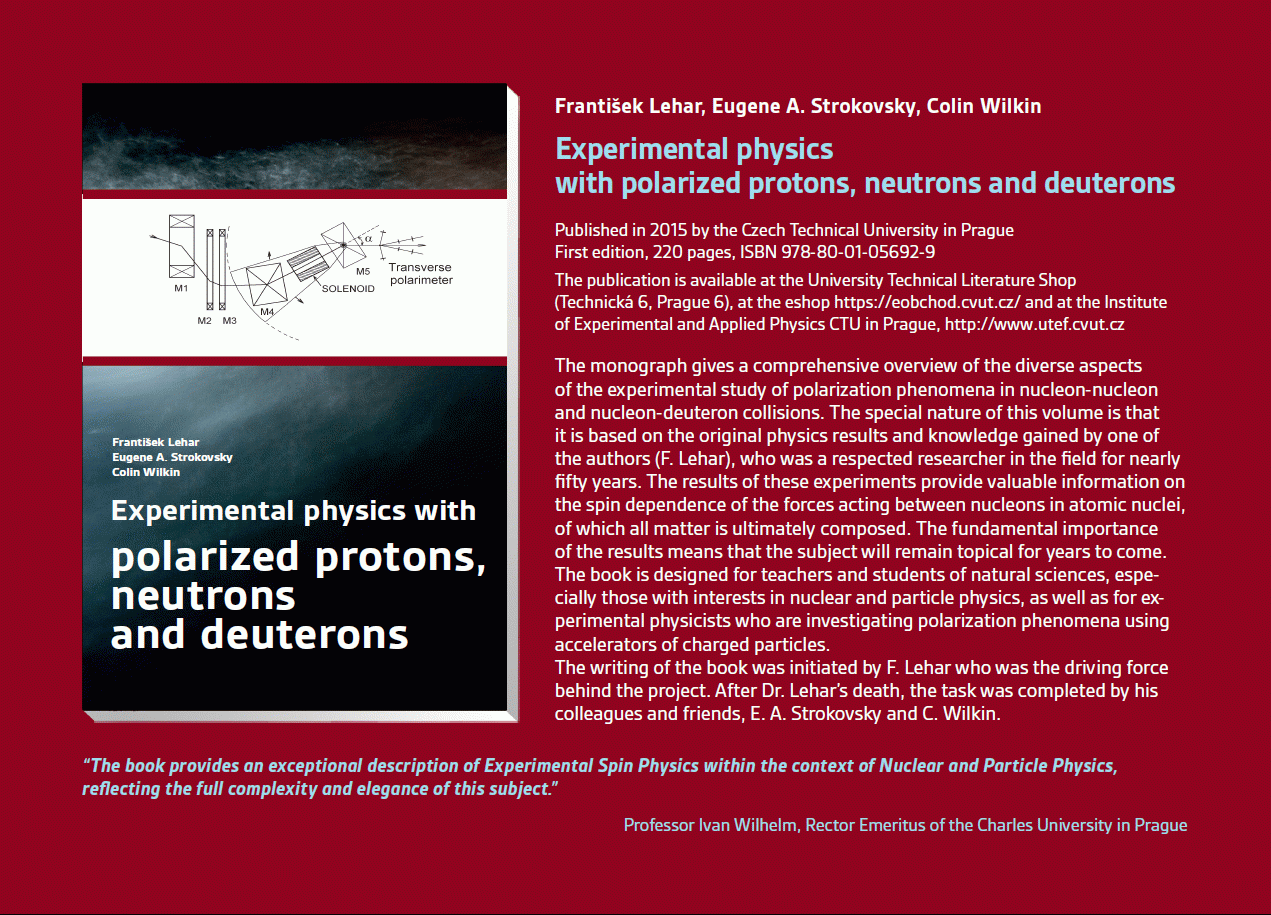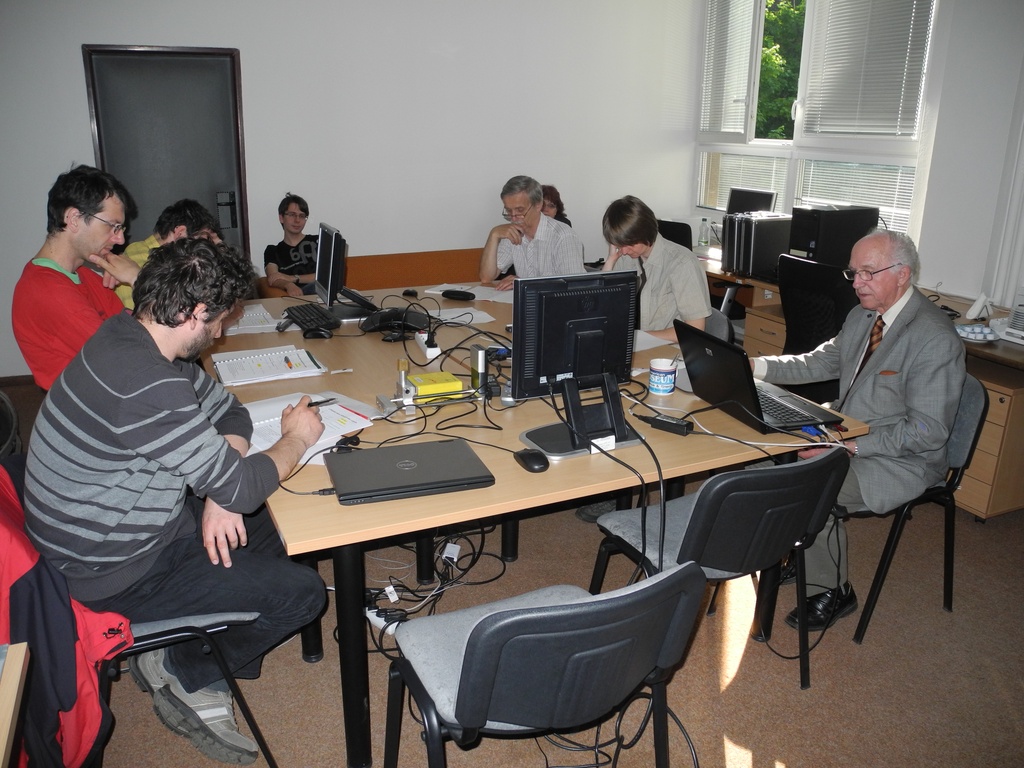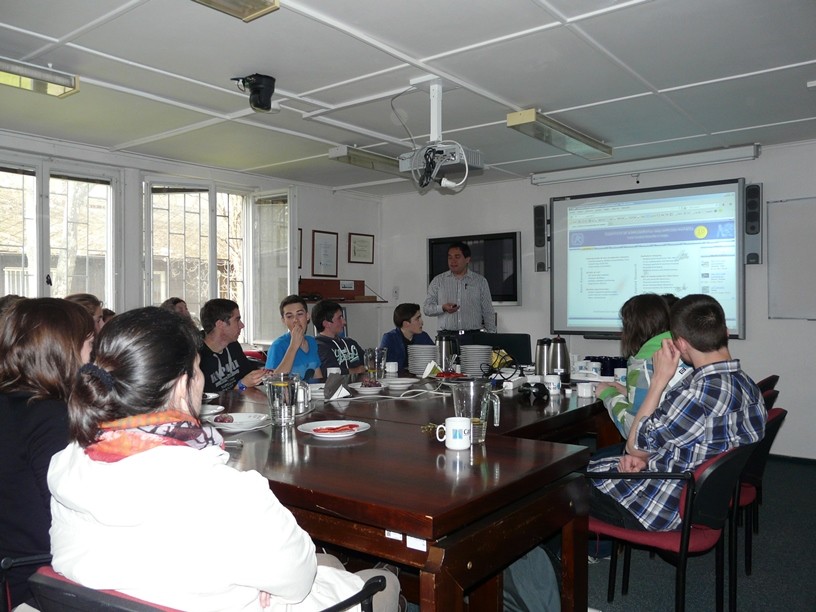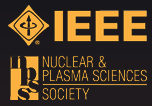Publikace
> Články v impaktovaných časopisech
> 'The low-extinction afterglow in the solar-metallicity host galaxy of gamma-ray burst 110918A'
The low-extinction afterglow in the solar-metallicity host galaxy of gamma-ray burst 110918A
Autor
| Elliott Jonathan, Ph.D. | Max-Planck-Institut für extraterrestrische Physik |
| Filgas Robert, Mgr. Ph.D. | UTEF |
| et al. |
Rok
2013
Časopis
Astronomy & Astrophysics
Web
Obsah
Galaxies selected through long gamma-ray bursts (GRBs) could be of fundamental importance when mapping the star formation history out to the highest redshifts. Before using them as efficient tools in the early Universe, however, the environmental factors that govern the formation of GRBs need to be understood. Metallicity is theoretically thought to be a fundamental driver in GRB explosions and energetics, but it is still, even after more than a decade of extensive studies, not fully understood. This is largely related to two phenomena: a dust-extinction bias, which prevented high-mass and thus likely high-metallicity GRB hosts from being detected in the first place, and a lack of efficient instrumentation, which limited spectroscopic studies, including metallicity measurements, to the low-redshift end of the GRB host population. The subject of this work is the very energetic GRB 110918A (E-gamma,E-iso = 1.9 x 10(54) erg), for which we measure a redshift of z = 0.984. GRB 110918A gave rise to a luminous afterglow with an intrinsic spectral slope of beta = 0.70, which probed a sight-line with little extinction (A(V)(GRB) = 0.16 mag) and soft X-ray absorption (N-H,N-X = (1.6 +/- 0.5) x 10(21) cm(-2)) typical of the established distributions of afterglow properties. However, photometric and spectroscopic follow-up observations of the galaxy hosting GRB 110918A, including optical/near-infrared photometry with the Gamma-Ray burst Optical Near-infrared Detector and spectroscopy with the Very Large Telescope/X-shooter, reveal an all but average GRB host in comparison to the z similar to 1 galaxies selected through similar afterglows to date. It has a large spatial extent with a half-light radius of R-1/2 similar to 10 kpc, the highest stellar mass for z < 1.9 (log(M-*/M-circle dot) = 10.68 +/- 0.16), and an H alpha-based star formation rate of SFRH alpha = 41(-16)(+28) M-circle dot yr(-1). We measure a gas-phase extinction of A(V)(gas) similar to 1.8 mag through the Balmer decrement and one of the largest host-integrated metallicities ever of around solar using the well-constrained ratios of [N II]/H alpha and [N II]/[O II] (12 + log (O/H) = 8.93 +/- 0.13 and 8.85(-0.18)(+0.14), respectively). This presents one of the very few robust metallicity measurements of GRB hosts at z similar to 1, and establishes that GRB hosts at z similar to 1 can also be very metal rich. It conclusively rules out a metallicity cut-off in GRB host galaxies and argues against an anti-correlation between metallicity and energy release in GRBs.
Příklad citace článku:
J. Elliott, R. Filgas, . et al. , "The low-extinction afterglow in the solar-metallicity host galaxy of gamma-ray burst 110918A", Astronomy & Astrophysics (2013)
Hledat
Události
21.-22. 11. 2014
Seattle, USA
8-15 Nov 2014
Surrey, Velká Británie
8. září 2014
9. září 2014
24. 4. 2014
3. 4. 2014
Seoul, Korea
27 Oct - 2 Nov 2013
Paris
23-27 June 2013
Anaheim, USA
29 Oct - 3 Nov 2012






 Experimental physics
with polarized protons, neutrons and deuterons
Experimental physics
with polarized protons, neutrons and deuterons Progresivní detekční metody ve výuce subatomové a částicové fyziky
na ZŠ a SŠ
Progresivní detekční metody ve výuce subatomové a částicové fyziky
na ZŠ a SŠ NSS MIC IEEE Conference
NSS MIC IEEE Conference Konference SEPnet, CERN@school
Konference SEPnet, CERN@school Lovci záhad - spolupráce ČT a ÚTEF
Lovci záhad - spolupráce ČT a ÚTEF Progresivní detekční metody ve výuce subatomové a částicové fyziky na ZŠ a SŠ
Progresivní detekční metody ve výuce subatomové a částicové fyziky na ZŠ a SŠ Návštěva v rámci projektu „Listening to the universe by detection cosmic rays“
Návštěva v rámci projektu „Listening to the universe by detection cosmic rays“ NSS MIC IEEE Conference
NSS MIC IEEE Conference 15thIWORID
15thIWORID NSS MIC IEEE Conference
NSS MIC IEEE Conference